 The Massachusetts Institute of Technology (M.I.T.) is, and always has been, a dynamic community, with a lot going on. Many events were planned by an organization called the Lecture Series Committee, usually abbreviated "LSC". If you click that link, you'll see that it still exists today, having been founded in 1944, two years after I was born. The LSC started a film program in 1950, sponsoring the showing of movies on campus pretty much weekly when classes were in session. You can take a look at their schedule archive page if you'd like to see the titles of all the films they have ever shown, listed by decade. In particular, I was at MIT through an entire decade, the sixties (I entered MIT as a Freshman in September, 1959, and stayed until I received my Ph.D. in June, 1970). Click here to see the complete LSC film list for the sixties. I particularly liked the posters that were put up each week advertising the films. These were typically silkscreened in multiple colors, many with clever designs. I somehow ended up with a number these. I don't remember why I have them, but I do know that at some point, I was elected secretary of the Baker House dormitory. Perhaps I was in charge of putting these posters up on the Baker House bulletin boards, and taking them down after the film had been shown. So the purpose of this blog entry is to preserve for posterity some of these LSC silkscreened advertising posters. Note 1 You can see from the posters that in 1962, entry to the films cost 30 cents. Now (I'm writing this in November of 2012), the price is $4.00, representing about 5.3% annual inflation averaged over a period of fifty years. Although most of the posters advertized films, the final two posters shown below (the two that are photographic reproductions, not silkscreened) announced lectures by Alexander Rorke and Max Lerner (it was called the Lecture Series Committee, after all). Note 2 You can click on any image below to see a larger version, and in many browsers, click the image again to enlarge it even further. Then return here with your browser's "Back" button. 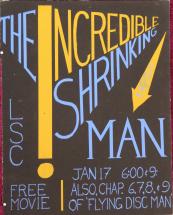
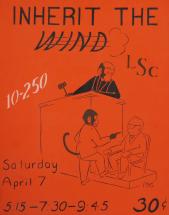
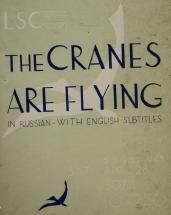 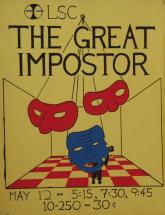
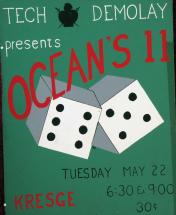
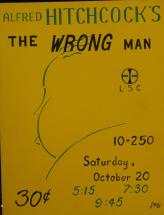 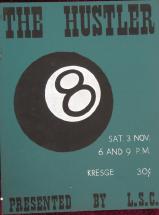
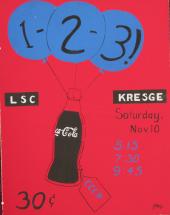
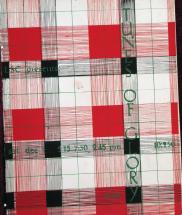 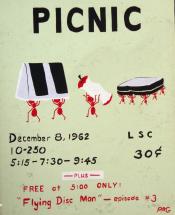
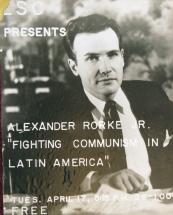
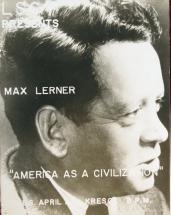 Here's an index to the movie posters, alphabetized by name, with the showing date (in 1962):
  Note 1: In case anyone doesn't know what it is: "silkscreen" is printing technique, still widely used. It's often called Serigraphy. A finely woven screen is used, stretched on a frame. As the name implies, the screen was traditionally made of silk, but nowadays it's apt to be polyester, so the process is sometimes called just "screen printing". A waxy stencil is scored with an X-Acto knife, or a similar blade, and the wax peeled off in the areas to be printed. The stencil is then laid under the screen, and a chemical that dissolves the wax slightly is used to soften the wax, thereby pressing it into the screen, where it fills the holes in the mesh. During printing, ink is pressed through the screen with a squeegee, passing through only where the stencil was cut out. There are now processes available for preparing stencils from photographic masters, but for the LSC posters made in the sixties, I'm pretty sure all the stencils were cut by hand. Multiple screens need to be used, one for each color. Screen printing may be most familiar to a general audience these days as one of the main ways of printing on fabric, specifically for the production of T-shirts. But in fact it's a process that's widely used industrially, for printing on various products, and for making printed circuit boards. My company, Kronos, used it to print with a conductive silver-based ink to create keyboards for our early timeclocks. [return to text] Note 2: It later turned out that Rorke was working for the CIA at the time, and he was involved in efforts to overthrow the government of Fidel Castro. About a year and a half after his presentation at MIT, he disappeared while flying in a small airplane over Cuba. You can see a short account of his activities here. [return to text]  |